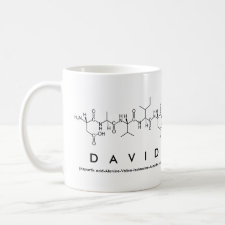
Authors: Pachón LD, Yosef I, Markus TZ, Naaman R, Avnir D, Rothenberg G
Article Title: Chiral imprinting of palladium with cinchona alkaloids.
Publication date: 2009
Journal: Nature Chemistry
Volume: 1
Issue: (2)
Page numbers: 160-164.
DOI: 10.1038/nchem.180
Abstract: In the search for new materials and concepts in materials science, metallo-organic hybrids are attractive candidates; they can combine the rich diversity of organic molecules with the advantages of metals. Transition metals such as palladium are widely applied in catalysis, and small organic molecules such as those in the cinchona alkaloid family can control the stereochemistry of a number of organic reactions. Here, we show that reducing a metal salt in the presence of a cinchona alkaloid dopant gives a chirally imprinted metallo-organic hybrid material that is catalytically active and shows moderate enantioselectivity in hydrogenation. Furthermore, using photoelectron emission spectroscopy, we show that the metal retains some chiral character even after extraction of the dopant. This simple and effective methodology opens exciting opportunities for developing a variety of chiral composite materials



Join the Society for Molecular Imprinting

New items RSS feed
Sign-up for e-mail updates:
Choose between receiving an occasional newsletter or more frequent e-mail alerts.
Click here to go to the sign-up page.
Is your name elemental or peptidic? Enter your name and find out by clicking either of the buttons below!
Other products you may like:
 MIPdatabase
MIPdatabase









